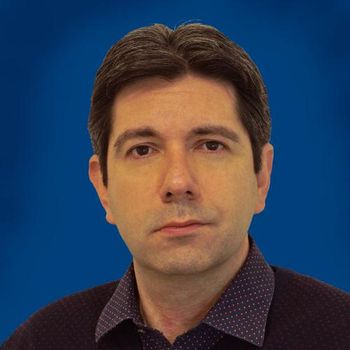
Can a Hairbrush Read Your Mind?
A group of researchers from the University of Texas at Arlington and the University of Texas at Dallas have created a hairbrush that is capable of monitoring brain function.
It might sound like something from straight out of a science-fiction novel, but apparently a group of researchers from the University of Texas at Arlington and the University of Texas at Dallas have created a hairbrush that is capable of monitoring brain function.
Typically, brain activity is monitored using functional near-infrared spectroscopy (fNIRS), which is a noninvasive optical technique that records neurological activity by measuring oxygen levels in the brain. However, this method is often impaired because of the subject’s hair getting in the way.
With the new research being done at the University of Texas, the device that has been developed, which is called a brush optrode, contains fiber tips that are designed to thread through hair, thus enhancing scalp contact and providing increased sensitivity.
"Using light to measure a person's thinking pattern has numerous advantages over EEGs, including ease of use, reliability, cost, portability and MRI compatibility," said Duncan McFarlane, a member of the research team at the University of Texas at Dallas.
"The conventional fibers used in fNIRS systems terminate in a large, flat bundle, and it is easy for a patient's hair to get in the way and block the signal. So we developed a new tip for the fNIRS fibers-a brush optrode that slides the fibers between the hair follicles. Signal levels increase 3- to 5-fold, and patients report that the brush optrode is considerably more comfortable than the conventional fiber ends. And the brush optrode is easier to set up, which saves time and money," said McFarlane.
Newsletter
Get essential updates on the latest spectroscopy technologies, regulatory standards, and best practices—subscribe today to Spectroscopy.





